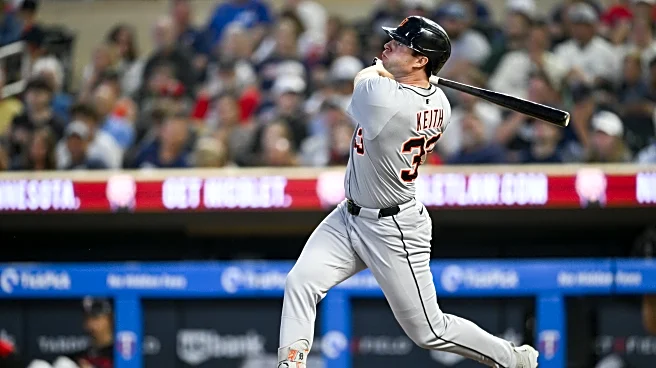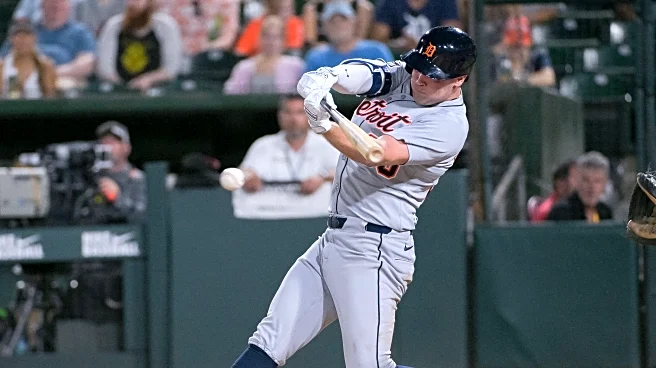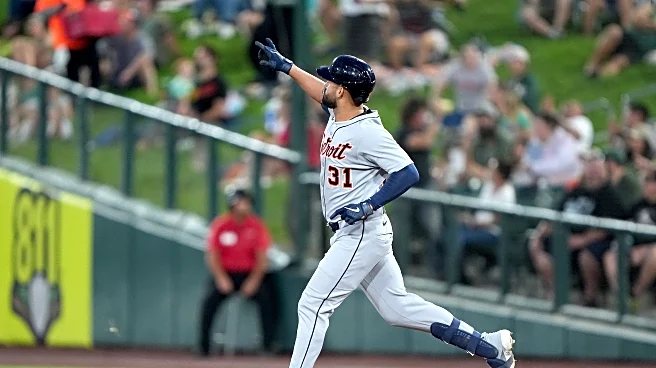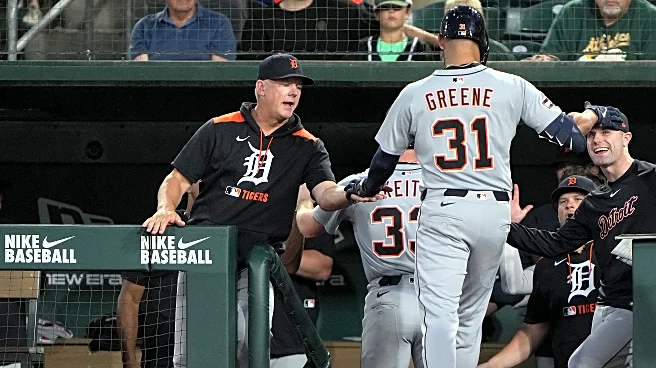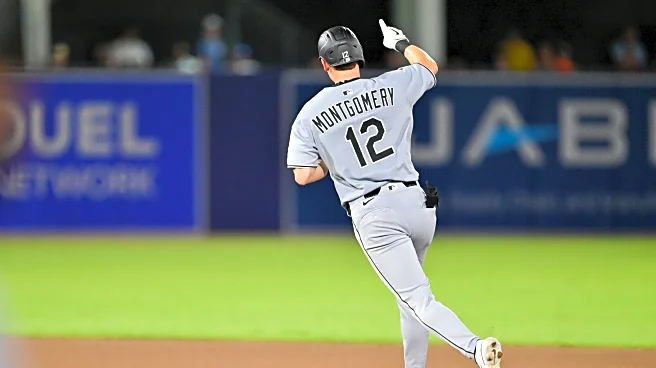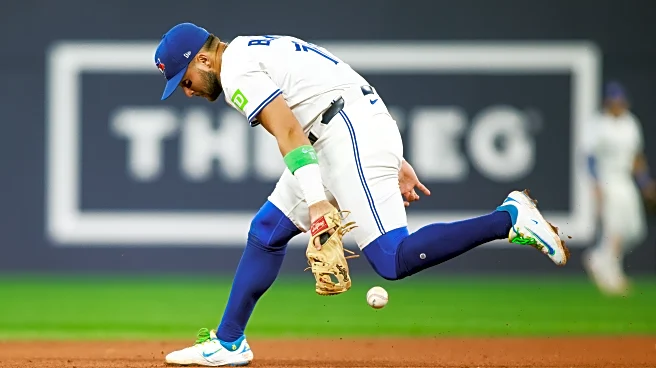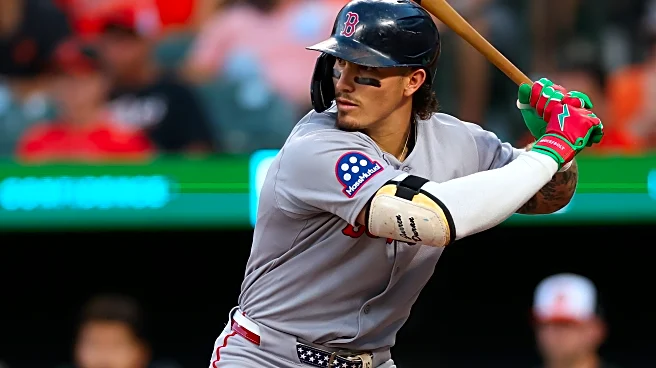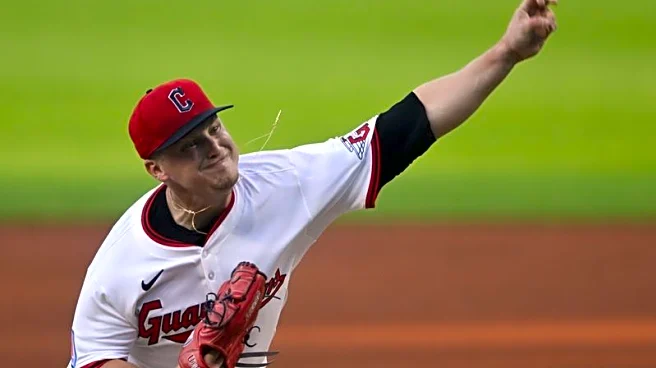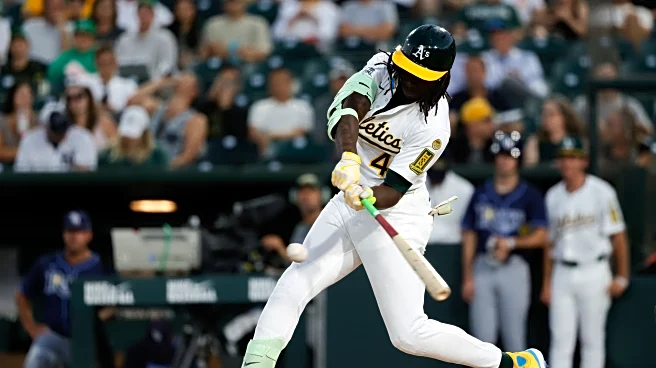
August 2025 marks the one-year anniversary of looking up and saying “man, Colt Keith has been on one lately!”, and then moving on for one reason or another. To celebrate, I looked up Keith’s stats and went “wow, Keith has really been on one lately!”, because as impressive as his summer-surge was last year, this year’s is even better. More importantly, there’s some key changes that make it feel stickier, too, helping us pencil him in for a far too early “best supporting actor” award come 2026.
Firstly,
the season stats. They’re fine. A .261/.340/.428/.768 slashline is good! So is a 114 wRC+ and 1.7 WAR in part time play. Considering that nearly 73% of all innings pitched this year have come from righty pitchers, his platoon problem isn’t even that notable. He could never bat against a lefty, still receive almost 500 PAs, and be a valuable asset.
Equally significant is that every major statistic has gotten better from 2024 to 2025. Last year’s .260/.309/.380/.689 was rather uninspiring, especially from a bat-first prospect who tore through the minors. His “hot summer” was actually a ludicrous 1.048 OPS in July sandwiched between a .567 in June and a .627 in August. Smooth that out, and we’re talking about a .703 OPS in the first half and a .671 in the second, not exactly the up arrow we all had hoped for. Of course, Keith also reached the major leagues quickly after being drafted out of high school and was only 22 when he made his major league debut. This year, things are a bit different.
For starters, his monthly stats are all closer together than they were last year. The peaks are less extreme, but so are the valleys. More importantly, the valleys are way smaller. His lowest OPS came in April at .580 (bad), but after that, his next worse is .765 in July. For those keeping score at home, that’s higher than average. Last year, two out of every three months were awful, and the third went nuclear; this year, after stumbling out of the gate again, he’s kept up a steady burn.
Another reason to be optimistic is that his walk rate, and overall approach at the plate, has drastically leveled up this year. He’s walking more, chasing and whiffing less, hitting the ball harder, and making flusher contact than he did last year; this slight shift upwards in basically every aspect of his offensive game has carried him from below-average to well above in a single season. Making better swing decisions has gotten him better exit velocities and more balls out in front for power in the air. That’s a big step towards the power hitter we saw in the minors. With these changes, we’re talking about a well-rounded force at the top of the lineup.
Did I say top of the lineup? I sure did. It’s weird, but there’s precedent, and it’s working, too. Lineup construction has evolved considerably over the years; George Springer, Kyle Schwarber and even Aaron Judge have all spent notable time atop the lineup for one reason or another in the last decade despite looking and hitting like three-hole hitters. Springer even did it for AJ Hinch during their World Series runs.
Keith is batting leadoff, currently, for a variety of reasons. First is necessity. Other players who would typically bat leadoff, like Matt Vierling or Parker Meadows, have been injured much of the year, forcing Hinch to get creative. The second is results. Against righties, Keith presents an immediate threat, forcing the opposing pitcher to come ready to scrap. The third is lineup construction; with Riley Greene and Kerry Carpenter doing the most damage, any other lefties need to be spaced apart, and it’s better to have Keith hit before them than after. And most amusingly to me, though, is it lets Keith get out of the game faster.
Hinch would frame this in the positive – it lets him use a righty more situationally attuned sooner in the ballgame, for example, or it forces the opposing manager to make a decision with his starter sooner – but Keith’s issues against lefties are a considerable factor. However, with Keith at leadoff, Hinch can’t lose. When the fifth or sixth inning rolls around, he either gets Keith a third look at a righty starter, or the opposing manager has to turn to the bullpen early and likely deal with Andy Ibanez. Either way, advantage Tigers, and a luxury he wouldn’t have if, say, Gleyber Torres batted leadoff. It’s a strategy, and it’s working well.
Since he started being plugged into the leadoff role (ironically, as a pinch-hitter) on June 12th, Keith has been a top-50 hitter in baseball. Maybe that’s a coincidence, given he was already rounding into form, but up to that point, his OPS was only .702, nearly a dead-ringer for last year’s pace. Since then, he has a far more robust .816, spurred by a huge jump in power. Leadoff Keith is a legitimate threat, while non-leadoff Keith has been an OK role player.
We can also, in time honored BYB tradition, “Porcello out” that rough April. From May 1 until today, Keith has hit .281 with a modestly above average walk rate, league average strikeout rate, and a 191 isolated power mark, good for a 125 wRC+ across 321 plate appearances. And as mentioned, the peaks and valleys are no longer pronounced. He’s been a steadying force in the lineup for almost four straight months now.
Of course, Keith has evolved in more ways than one. As strong as his offensive surge has been, its his defense that tends to capture attention. He came up as a third baseman, then got hurt and lost some arm strength, precipitating a move to second base, where he was alright last year. Then he learned first base over the offseason, because Spencer Torkelson wasn’t in the picture but Gleyber Torres was, and his inexperience showed there. Of course he also hasn’t had a chance to settle in at a position this year as a result.
Meanwhile, Torkelson has come back with a vengeance and the motley crew at third base has been uninspiring for months now, so naturally, Keith went back to third. It hasn’t been pretty anywhere, by and large, and his return to third base has been notably rough so far. Maybe it’s just rust, or maybe he moved to second for good reason and should stay there. Either way, it’s probably fair to pencil him in for slightly improved defense at either position with more clarity over the offseason, with the understanding he’ll likely never be much better than average anywhere.
With the offensive lines he’s putting up right now, average defense is plenty, and perhaps an offseason without having to change position and some more consistency in his role generally will help. He is still only just turned 24 after all. The team will certainly look different next year when Torres enters free agency, and the cleanest fit right now is to move Keith back to second and add a real third baseman over the winter. Of course, long term, Kevin McGonigal is probably a second baseman, too, and “long term” could be as soon as Opening Day 2026 if he has any say in the matter. Regardless, the Tigers have options, and whatever route they choose, Keith will be a major part of it. Hopefully, he keeps hitting like it’s summer, and they’ll figure it out defensively as they go.
